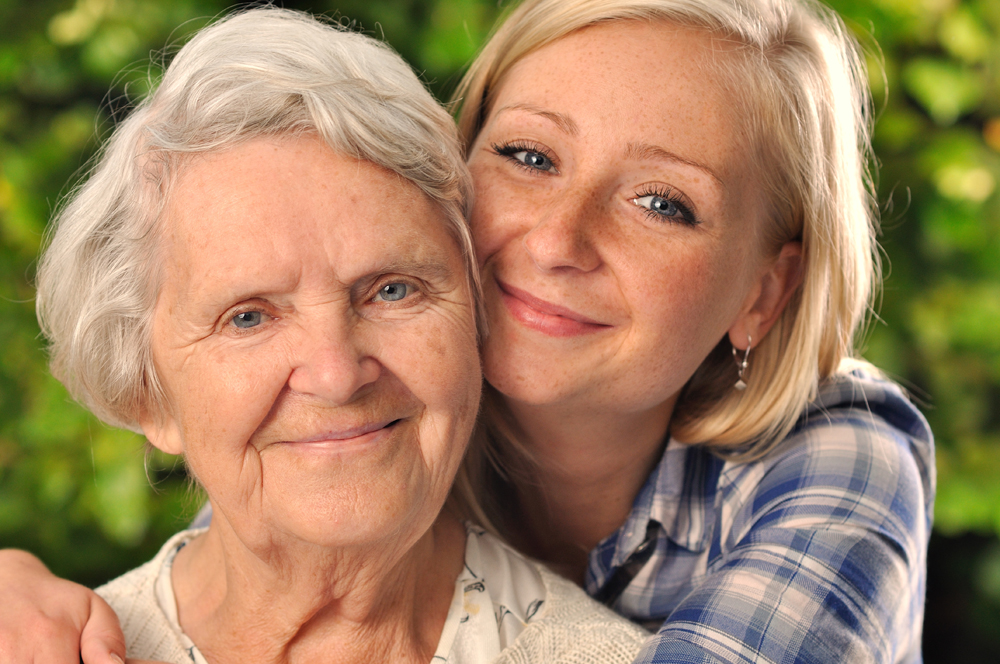
Diabetes is a chronic condition that requires careful management of blood sugar levels. While many individuals with diabetes successfully control their condition, there are instances when emergencies can arise due to extreme highs or lows in blood sugar. Recognizing the signs of a diabetic emergency is crucial, as prompt action can be lifesaving. In this article, we will explore the five key signs of a diabetic emergency that should never be ignored.
Understanding diabetic emergencies: Signs and symptoms
Diabetic emergencies like hypoglycemia, hyperglycemia, and related complications require prompt attention. Recognizing the signs is crucial for individuals with diabetes and their caregivers.
Here's what you need to know:
1. Hypoglycemia (Low blood sugar):
Hypoglycemia occurs when blood sugar levels plummet below normal, potentially leading to severe complications if not addressed promptly. Symptoms include:
- Shakiness or tremors
- Sweating
- Rapid heartbeat
- Dizziness or lightheadedness
- Irritability or confusion
- Weakness and fatigue
- Nausea or vomiting
- Loss of consciousness (in severe cases)
2. Hyperglycemia (High Blood Sugar)
Hyperglycemia, the opposite of hypoglycemia, results from excessively high blood sugar levels. Symptoms include:
- Extreme thirst
- Frequent urination
- Fatigue or weakness
- Blurred vision
- Rapid, deep breathing (Kussmaul breathing)
- Fruity or acetone breath odor
- Confusion or altered mental state
- Coma (in severe cases)
3. Diabetic ketoacidosis (DKA)
DKA is a life-threatening complication of hyperglycemia, commonly seen in type 1 diabetes. Symptoms include:
- Excessive thirst and urination
- Abdominal pain
- Nausea and vomiting
- Rapid and deep breathing
- Fruity breath odor
- Confusion or lethargy
- High blood sugar levels
- Dehydration
4. Hyperosmolar hyperglycemic state (HHS)
HHS, more common in type 2 diabetes, results from extremely high blood sugar levels and severe dehydration. Symptoms include:
- Profound dehydration
- Extreme thirst
- Dry mouth and dry skin
- Rapid and weak pulse
- Confusion or altered consciousness
- Seizures (in severe cases)
5. Severe hypoglycemia unawareness
Some individuals with diabetes may experience severe hypoglycemia without being aware of the symptoms, posing a significant risk. Warning signs include: Frequent episodes of unexplained confusion, drowsiness, or loss of consciousness
Key Differences Between DKA and HHS
| Condition | Associated Diabetes Type | Primary Symptoms |
|---|---|---|
| Diabetic Ketoacidosis (DKA) | Type 1 Diabetes | Excessive thirst, nausea, rapid breathing, fruity breath odor, high blood sugar, dehydration |
| Hyperosmolar Hyperglycemic State (HHS) | Type 2 Diabetes | Profound dehydration, extreme thirst, confusion, dry skin, rapid weak pulse |
Recognizing diabetic emergencies is crucial for prompt intervention. If you or someone you know exhibits these symptoms seek immediate medical attention. Regular blood sugar monitoring, adherence to treatment plans, and communication with healthcare teams are essential for preventing emergencies. Being proactive in managing diabetes is key to a healthier and safer life with this chronic condition.
FAQ:
1. What should I do if someone is experiencing hypoglycemia?
If the person is conscious, provide a fast-acting sugar source like glucose tablets, juice, or candy. If unconscious, seek immediate medical attention.
2. How can I prevent hyperglycemia?
Monitor blood sugar regularly, follow prescribed medications, avoid excessive sugar intake, and stay active.
3. When should I seek emergency medical care for diabetes?
Seek emergency care if you notice symptoms such as loss of consciousness, extreme confusion, severe dehydration, rapid breathing, or seizures.
4. What are the warning signs of diabetic ketoacidosis (DKA)?
Look for symptoms like nausea, vomiting, deep breathing, fruity-smelling breath, and high blood sugar levels.
5. Can hyperosmolar hyperglycemic state (HHS) occur in type 1 diabetes?
HHS is more common in type 2 diabetes, but severe dehydration and extreme high blood sugar can be dangerous for all diabetics.
We are here to help you choose a care home or facility best suited to your needs. Do not hesitate to contact us on the following number: 0230 608 0055 or fill out this form.
Do you need a care home for yourself or your loved one?
Share this article :
Latest posts
You are looking for an establishment for your loved one ?
Get availability & prices
Fill in this form and receive
all the essential information
We would like to inform you of the existence of the opposition list for telephone canvassing.










